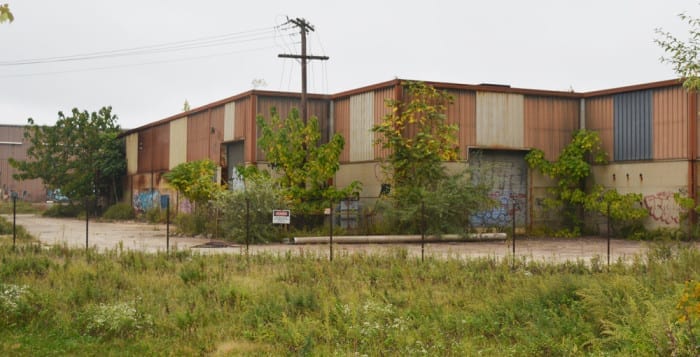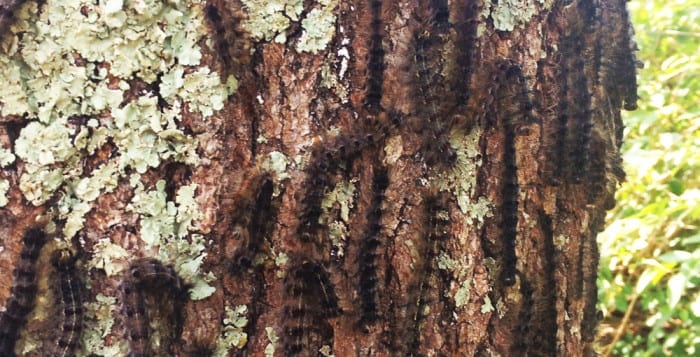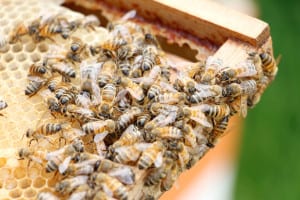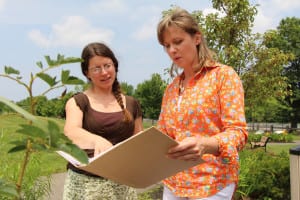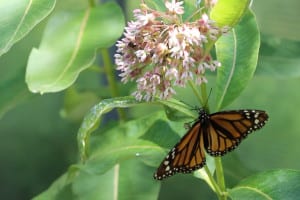By Elana Glowatz & Erika Karp
Brookhaven Town will restrict development at a polluted site in Port Jefferson Station using a special zoning district.
The town board approved the new zoning for the former property of aircraft-parts manufacturer Lawrence Aviation Industries on Thursday night, several months after approving a land use plan for the site off Sheep Pasture Road that called for the special district.
Adjacent to a stretch of the Greenway Trail and some residences in the northern part of the hamlet, the site requires closer inspection because of its history — Lawrence Aviation dumped harmful chemicals at the site over years, contaminating soil and groundwater. The U.S. Environmental Protection Agency and the New York State Department of Environmental Conservation have been working for several years to undo the damage through the federal Superfund program, which cleans up such contaminations of hazardous materials, but it could still take two more decades to completely clean local groundwater.
Brookhaven’s land use plan recommended the special zoning district to limit potential commercial uses at the contaminated site in the future — for instance, some uses that would be permissible in light industry zoning elsewhere in town will not be permitted at Lawrence Aviation, like agriculture, churches, day cares, recreation halls or schools. It does not support retail uses, but does not rule out office uses like laboratories and other research space.
The new district includes two zones — at the property and at nearby residential sites — and seeks to “protect those who occupy the site,” according to Beth Reilly, a deputy town attorney.
In addition to restricting some uses and prohibiting residential development in the former industrial area, it provides incentives such as speedier environmental reviews and eased requirements for lot setbacks and sizes to promote alternative energy production there, particularly solar energy.
To further protect residents, no new homes constructed in the neighborhood area of the special district could have basements, due to the contamination to local soil and groundwater.
Reilly was quick to point out that this didn’t mean the town was moving backward —all existing basements could stay.
The basement ban goes hand in hand with legislation the town passed last year that requires all new homes built near contaminated properties like Lawrence Aviation to be tested for soil vapors before they can receive certificates of occupancy.
The Lawrence Aviation zoning district passed, following a public hearing, with an abstention from Supervisor Ed Romaine (R), who reiterated his opinion that the site should remain undeveloped. He also renewed his call for Suffolk County to add the property to its land bank or use it for open space so it could “heal itself.”
When Romaine first made that suggestion in the fall, he pointed to the $12 million lien the county had on the site, resulting from all the property taxes owed on the site. The EPA has another $25 million lien on the property due to the cost of the cleanup.
Councilmembers Valerie Cartright (D-Port Jefferson Station) and Dan Panico (R-Mastic) have supported the idea.
“I really think the county should consider this for an acquisition into their land bank,” Panico said Thursday.
The Suffolk County Land Bank Corporation, established in 2013, aims to rehabilitate contaminated properties, known as brownfields, to get them back on the county’s property tax roll. The county pays property taxes on abandoned parcels, which causes the tax liens on the properties — and thus their sale prices — to increase, but the land bank lets the county sell the properties for less than the taxes owed, making it easier to get them cleaned up and redeveloped.

